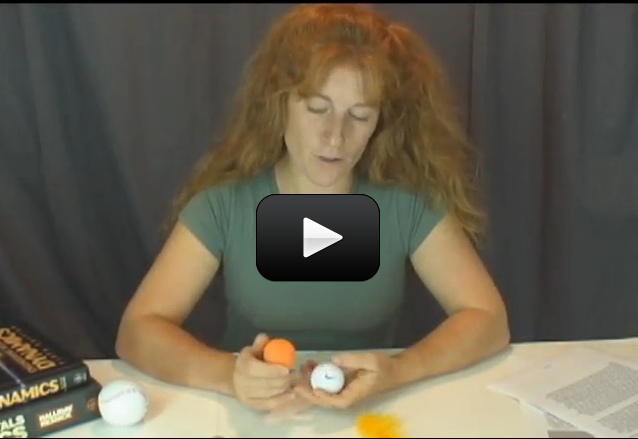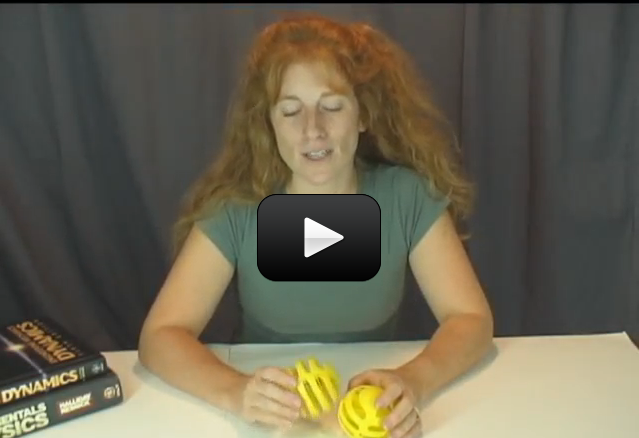This is a recording of a recent live teleclass I did with thousands of kids from all over the world. I’ve included it here so you can participate and learn, too!
Soar, zoom, fly, twirl, and gyrate with these amazing hands-on classes which investigate the world of flight. Students created flying contraptions from paper airplanes and hangliders to kites! Topics we will cover include: air pressure, flight dynamics, and Bernoulli’s principle.
Materials:
- 5 sheets of 8.5×11” paper
- 2 index cards
- 2 straws
- 2 small paper clips
- Scissors, tape
- Optional: ping pong ball and a small funnel





